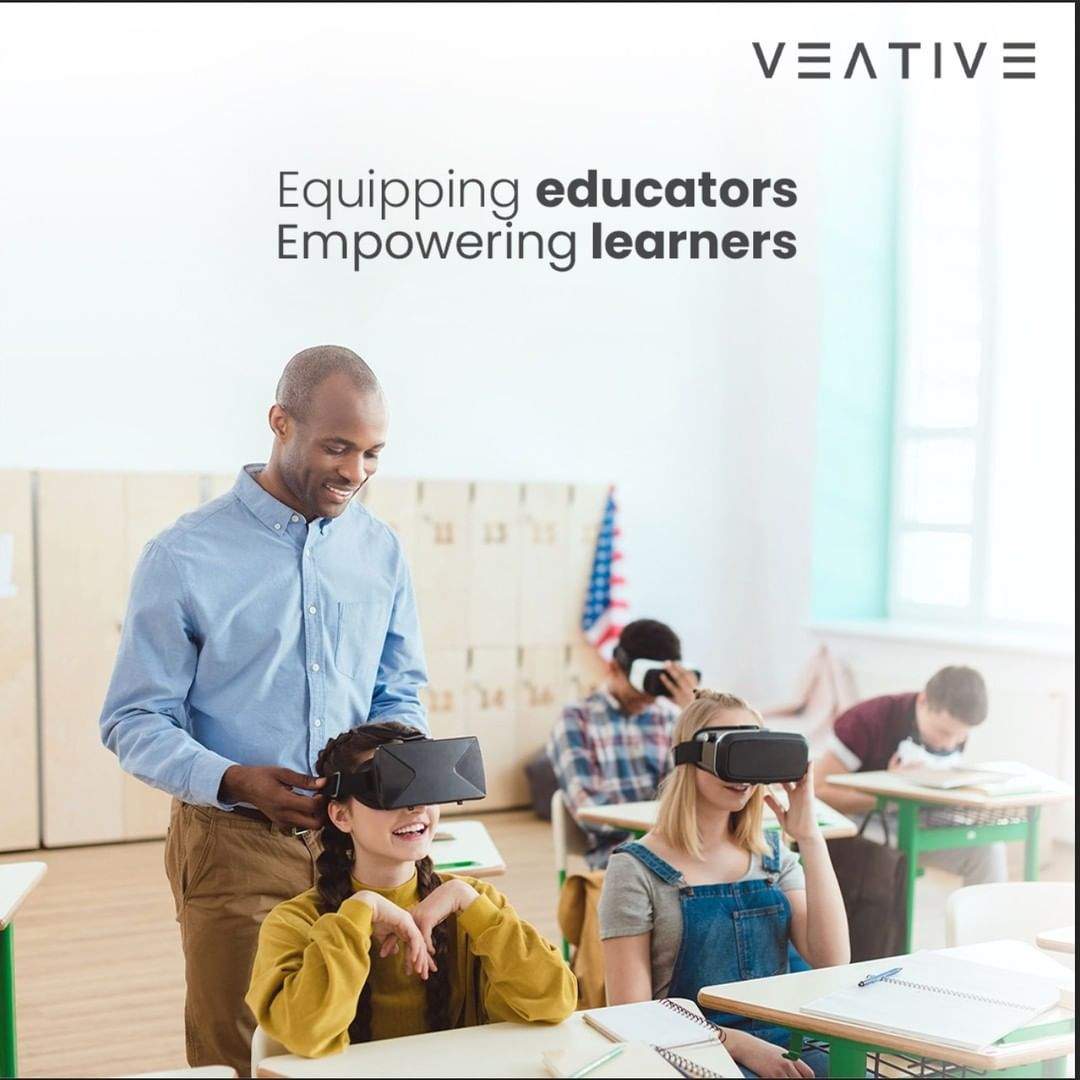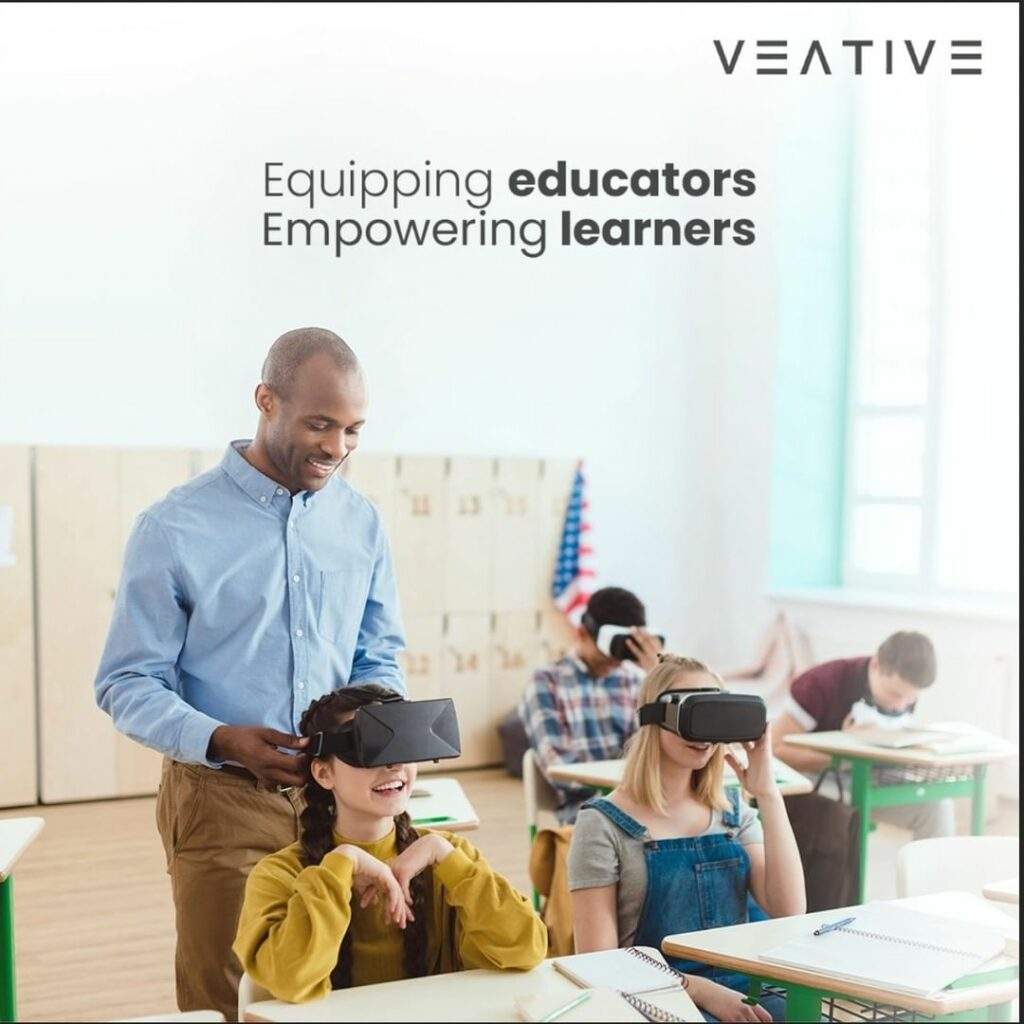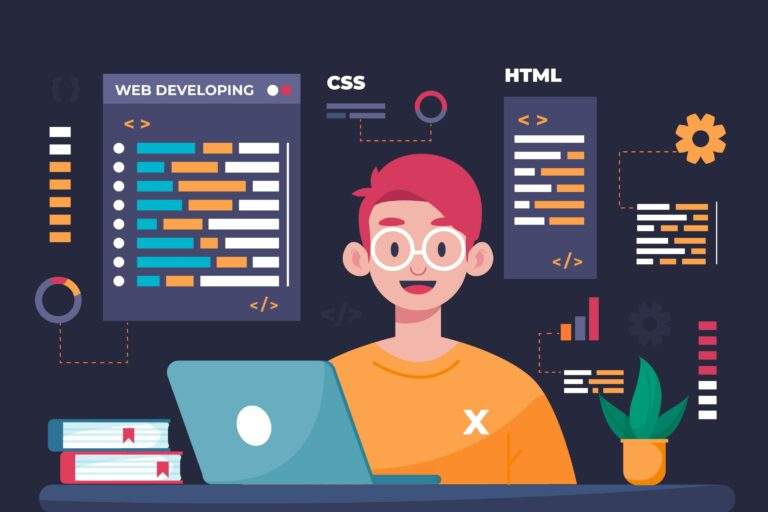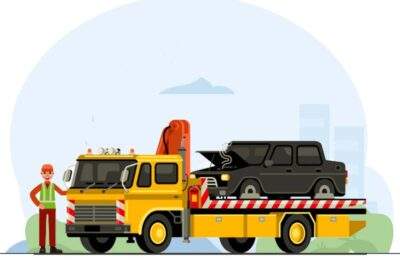
How VR Technology is Being used to Enhance Learning in Schools
The education timeline from K12 through higher education has discovered thousands of technologies to cultivate and nourish traditional pedagogical methods. From blackboards to smartboards to laptops to the internet, the education system has adopted everything to educate students with simplified learning. However, new emerging technology has stolen every industry’s attention in the past few years, and that’s none other than VR technology.
Virtual reality has a massive impact on education, as it has been found that students are more engaged and curious in learning. In coming years, it s expected to be the future of VR education. As a result, several schools and colleges are incorporating this innovation into their curriculum, which we will discuss in this article now.
Statistics in VR in Education
Here are some latest stats and surveys from top experts and leading organizations on how VR impacts education and learning.
- According to Zippia, there are 57.4 million virtual reality users in the United States, which accounts for 15% of the country’s population.
- According to a report by Goldman Sachs, the VR education market is projected to reach $0.7 billion by 2025.
- A study by the University of Maryland found that students who learned through VR had better recall accuracy than those who learned through traditional methods.
- A report by the Virtual Reality Society found that 83% of teachers who used VR in the classroom reported that it positively impacted their students’ learning experiences.
- Another study by the University of Barcelona found that students who learned through VR had higher engagement and motivation levels than those who learned through traditional methods.
- In a survey of 500 teachers conducted in 2020, 60% reported using VR in their classrooms or were planning to do so.
- According to the Apps Solutions Reports, 97% of students are interested in virtual reality courses.
Why is VR important in schools and colleges?
Virtual and augmented reality has become a boon to the economy and society. It is an essential tool in schools for a variety of reasons, such as –
Enhanced learning experiences
The technology allows students to experience concepts and ideas more immersively than traditional methods. For example, students can take virtual field trips to explore historical landmarks. Dive into the ocean’s depths to learn about marine life, or even explore the inside of a human cell. It can make learning more exciting and memorable and help students develop a deeper understanding of the subject matter.
Multisensory learning
VR can engage multiple senses simultaneously, making learning a more multisensory experience. In addition, it can enhance the retention and recall of information. As students can remember what they saw, heard, and experienced in the VR environment.
Access to the resources
VR can provide access to resources and experiences that may only be available to some students. For example, a school in a rural area might not be able to take its students on a field trip to a museum in a big city, but with VR, students can experience the museum virtually. This can help level the playing field and give all students equal access to educational resources.
Practical learning in a safe and controlled environment
VR can also provide a safe and controlled environment for students to learn and experiment. For example, students can practice complex scientific experiments or surgical procedures without the risk of injury or damage. In addition, it can help students gain confidence and experience in a low-risk setting, translating to better performance in real-world situations.
How schools and universities are using VR technology in education?
Here are some techniques that are followed by a majority of schools using virtual reality technology.
Simulated and Vocational Skills Training
Various schools use VR technology to help students learn valuable skills, such as vocational and technical training. Compared to traditional instructions requiring textbooks and watching videos, simulation training provides students with a much better and more immersive experience. In addition, it offers students to gain hands-on experience with the subject matter. For example, conducting chemistry experiments can lead to dangerous or deadly outcomes. In such cases, virtual reality comes to the rescue. In the simulated space, students can experiment safely by eliminating the risks associated with it.
Virtual tours and field trips
Schools and universities use VR to take students on virtual field trips to historical sites, museums, art galleries, and scientific research centers. It allows students to experience a place they might not be able to visit in person and provides an immersive and engaging way to learn about a subject.
Special education
VR can create personalized learning experiences for students with disabilities or learning differences. For example, VR can simulate real-life situations, allowing students to practice social and communication skills in a safe and controlled environment.
Language learning
VR can create virtual language immersion experiences, allowing students to practice speaking and listening skills in a realistic and interactive environment. For example, students can converse with virtual characters and practice using new vocabulary in context.
Cultural education
VR can be used to create immersive cultural experiences, allowing students to learn about other cultures meaningfully and authentically. For example, students can explore traditional markets, attend cultural events, and interact with locals.
Professional training
Universities and vocational schools use VR to provide professional training to students in fields such as medicine, engineering, and architecture. VR allows students to practice skills and procedures in a realistic environment, preparing them for real-world scenarios.
Future of VR education
Undoubtedly, VR technology is a powerful tool with incredible educational potential. It supports powerful visualization, interaction, immersive learning with collaboration, and practical knowledge for students. By 2025, VR in education is forecasted to mark a $700 million market, which is immense. Hence, there is no doubt that VR is the future of education.

















